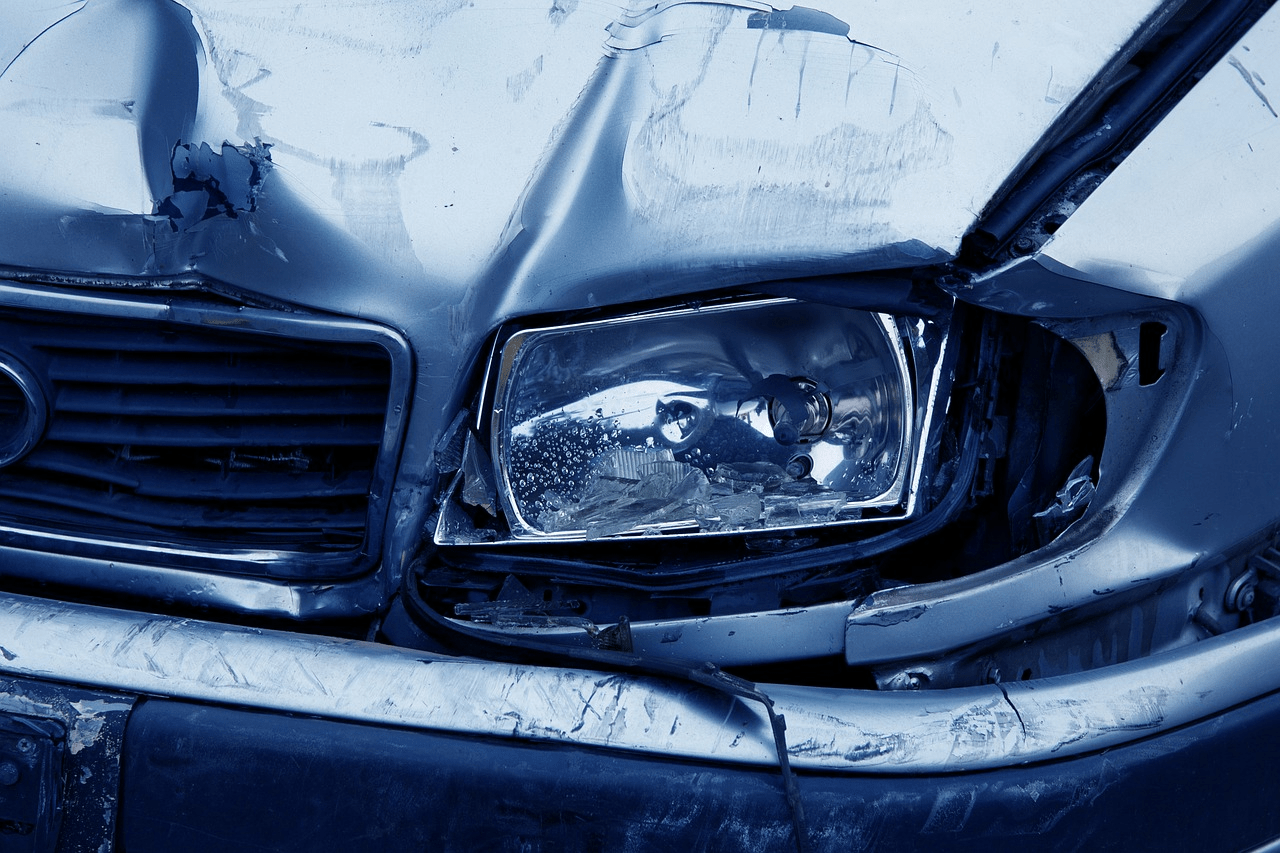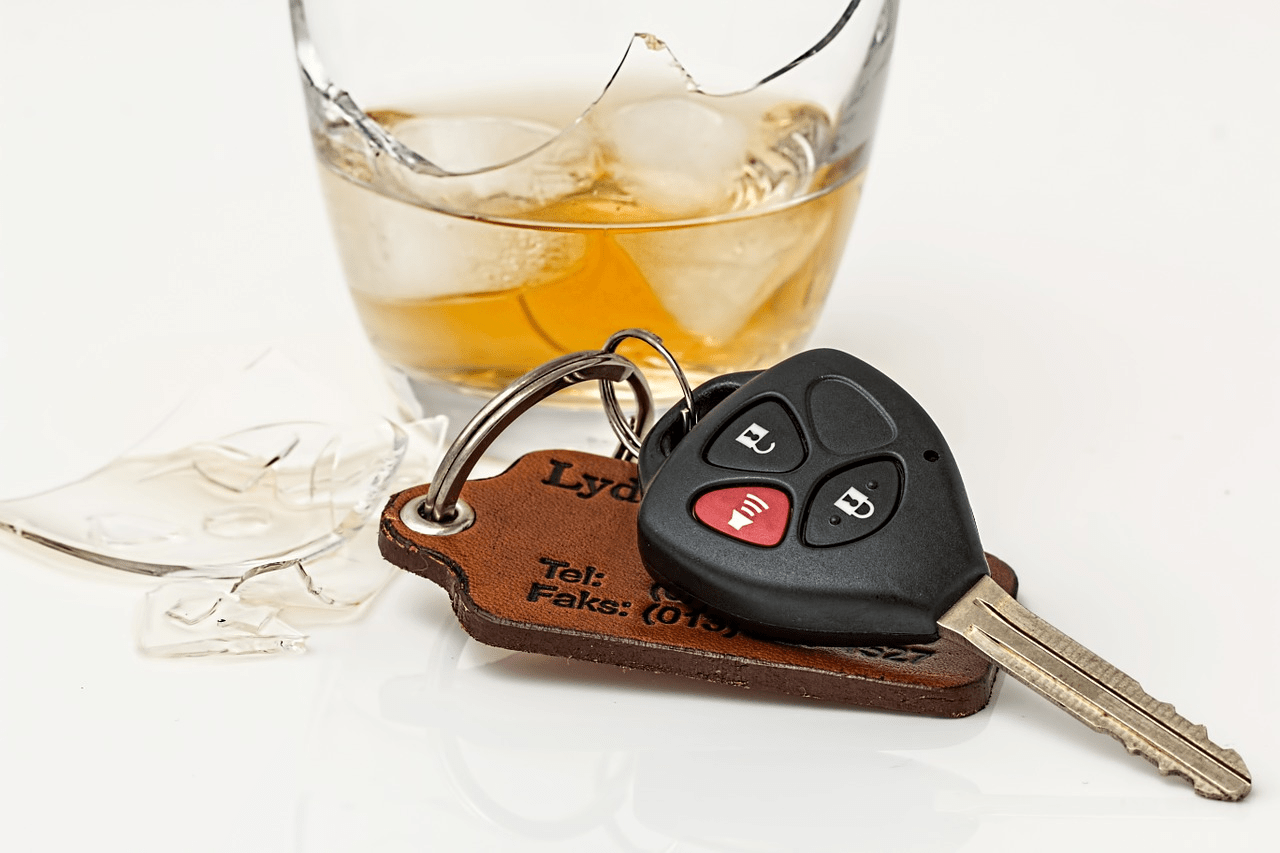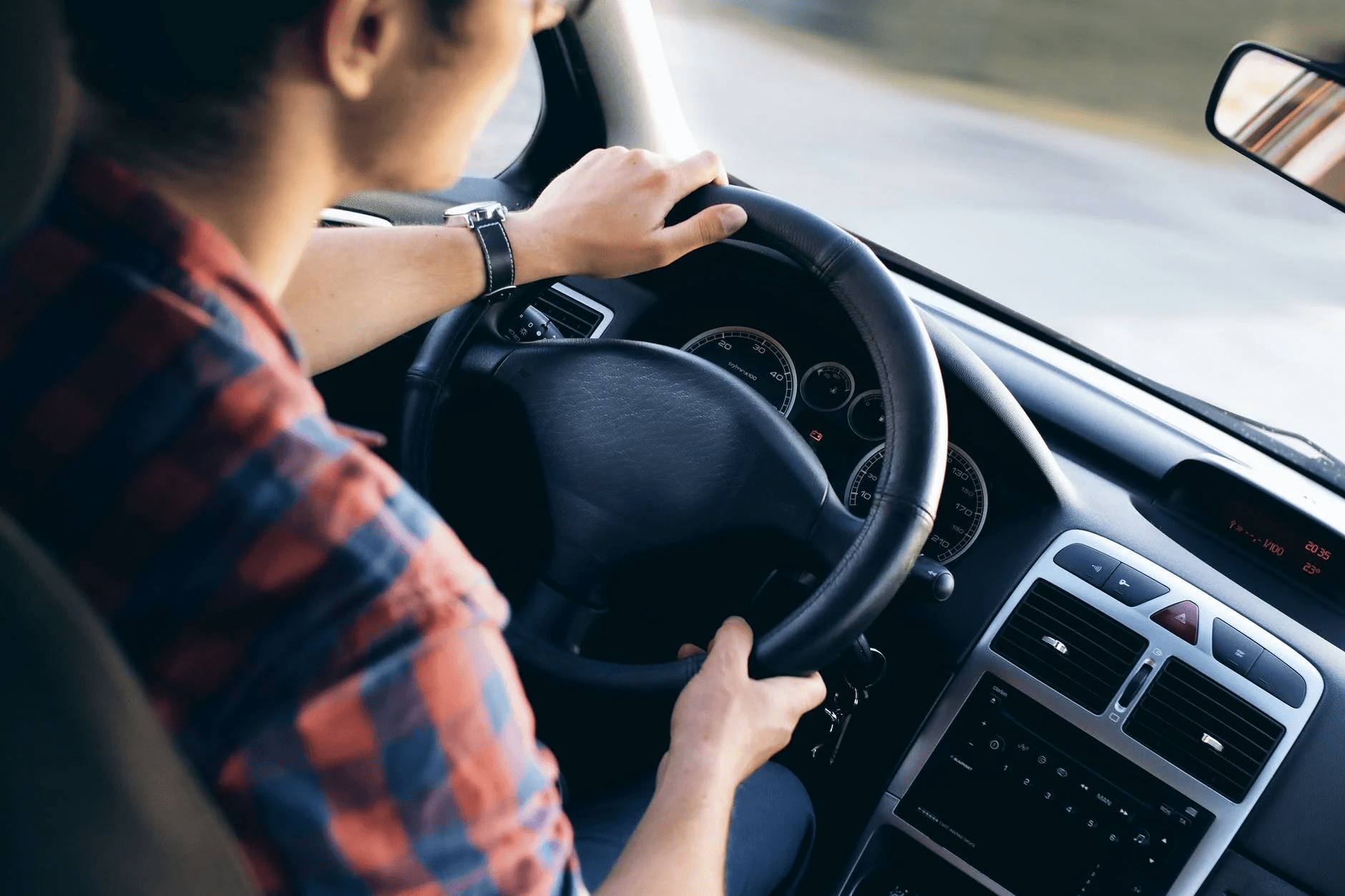Car accidents have become one of the greatest causes of death solely in the hands of man. And as the global number of cars on the road continues to rise we can expect that this number will also continue to rise, if not in relative than at least in absolute numbers. And even though there are stricter and stricter regulations and fines for careless driving and more secure cars on the road – the human factor remains unpredictable.
There are, however, many steps you can take to secure yourself while driving, or if you end up in the worst-case scenario – a serious car accident. Car injuries can be life-threatening, and not just in terms of physical integrity because a lost court case can leave you broke too, without any means of supporting yourself. So to stay safe follow this advice.
Most Common Car Injuries
The human body is not adapted to anything near the force exerted in a car crash, irrelevant if you are a pedestrian or a driver, and that is why even a less serious car crash can lead to great injuries. Or to put it this way, it is not the speed that hurts you, but suddenly losing speed. Therefore, cars are made to be as safe as possible for the people inside, yet even then heavy casualties occur.
As the South Carolina-based report shows, the most common injuries are traumatic brain injury, broken bones, neck, and back injuries, and burns. Traumatic brain injury happens when the brain pushes strongly against one part of the skulls, a consequence of inertia. This type of damage is usually reduced by wearing a helmet or having the head connected to the neck with some sort of solid structure (to prevent a whiplash). But as this type of headwear is not allowed for car drivers – we have to use caution instead.
Do Not Skip on Security
While driving we first and foremost follow some basic logical guidelines that keep us alive and well. We do not cross into the opposite lane, even though there is only a thin white line separating us, we do not make sudden stops or turns, we do not drive fast in bad weather, and so forth. But equally as important – we follow the security measures that have been issued by the government or other formal body.
Seatbelts are the first security level you use when you get into the car, and what they would teach you in driving school. The car’s structure is another level and should be kept sound. If you have a convertible – driving with the roof up is the more secure way, so if you are not sure about your driving or are heading towards a particularly busy or dangerous road, you should close the car completely. There will be plenty of time for sunshine later on.
Law and Order
If the worst happens, and you end up in a car crash, you must follow the next steps:
- Call the Police
- Seek Medical Attention
- Take Pictures
- Get the Name of Any Witnesses
In certain states, there are “fault” laws, meaning the lawyers have to determine who is responsible for the damages and have them pay to the damaged side. The legal team from Hopkins Firm emphasized that having a lawyer that deals in these matters on speed dial can be a huge money saver down the road. Of course, depending on the location of the accident itself, you do not want any more damage to be caused so trying to deescalate a tense situation, or helping anyone who is hurt should be the priority.
Even before the police arrive to take notes and pictures, you can snap a few pictures yourself as evidence, especially if you fear the other side might change their position to appear less at fault. This, as well as the testimony of witnesses at court, is a great plus for your cause, so approaching any bystanders to take their contact is needed. With this added weight of evidence, you are sure to win a case, or at least get insurance to cover expenses.
DUI and Why It’s Bad
Driving Under the Influence of alcohol or drugs is a very common cause of car injury, as a foggy mind easily makes mistakes and the body reacts much slower to what is happening on the road. If it hasn’t been clear so far, drunk driving is dangerous and should be avoided, even if you are not the driver but are sitting next to one who is drunk.
Different states have imposed different limits on how much alcohol can be found in someone’s blood before it is considered a crime to operate a vehicle, in some cases as high as 0.08%, but let’s face it – even a much smaller amount is enough for someone to start acting recklessly. Alcohol at first gives us a blood rush, and while it may even be that we would pass a breathalyzer in a short time, we are not cool-headed for normal driving.
The bottom line is to avoid drinking entirely if you are going to be driving later on, and best to avoid it the day before too if you have a long trip in front of you. Better be sober than dead.
When Not Driving Alone
If you have several people with you in the vehicle you are considering saving on fuel altogether, and are doing a good thing. But what you maybe don’t know is that such rides can be much more dangerous than when driving on your own.
Studies show that teen drivers are at a greater risk of crashing if they are driving accompanied by their peers and that it is usually caused by being distracted just before an accident occurs. The statistics show that this is considerably affected by age and number of passengers. Carrying three or more passengers under the age of 21 increases the chance of a car crash by four times, though the same chances fall by 62% if one of the passengers is 35 years or older.
This goes to show that letting your children drive should be followed with caution, or better yet – followed with an adult if they are embarking on a longer trip, where the chances of a serious car injury are greater.
Is the Vehicle Ready?
The technical safety and soundness of a vehicle are also of the utmost importance for preventing car injuries. Faulty vehicles can be blamed for many road accidents, though it is always up to the driver to check the vehicle before starting it and make sure everything is as it should be.
First of all, one should check if the tires are in good shape, that they are not too worn out and are sufficiently inflated. Though all tires must be inflated from time to time, older tires need this to be done more often. After that, if there are any appearing rust posts or faults in the windows and rear-view mirrors. Once those are checked, you can enter the vehicle.
Inside you will, of course, be greeted with many lamps and lights that show the condition of the car, and while we usually dread it – the check engine sign should be taken seriously. Every vehicle should be taken to the mechanic at least once per year, as worn-out brakes, faulty electronics, or a jumping engine are all liability issues on the road.
Weather and Road Conditions
The question of weather conditions is a tricky one. While it is hard to define what is the limit for “low visibility”, as some people simply have better eye-sight, it is still recommended that you always drive carefully and at least pretend that the limited visibility of your surroundings should slow you down. This is even more important when driving on roads you do not know and where unexpected turns or stops may appear.
We have all heard the news from Texas, where the misfortune to drive on an icy road led several people into the grave. And even though most of them were very familiar with that location and were locals – the unexpected weather conditions changed everything. Experienced drivers, especially if driving a heavy vehicle, know that in such cases the best thing you can do is slow down, park in the stopping lane, and wait for better conditions.
Strong winds and exceptionally heavy rain are also good reasons to do this. Even if you are driving a short and stable car, you might come running into a car crash in front of you, because a truck fell over, or there were trees or debris on the road, making people suddenly stop.
Nobody has to end up in a car accident, though statistics are clear on it – the more you drive the higher the chances for that are. But even if you do end up in one you should be prepared to deal and keep safe from serious injuries, as the difference between life and death may just be a second of rational thinking in the chaos that is happening.
From layers to mechanics, there are a lot of people you will depend on as a driver, but as any F1 racer will tell you – it takes a team effort to get to the finishing line safely and quickly.















